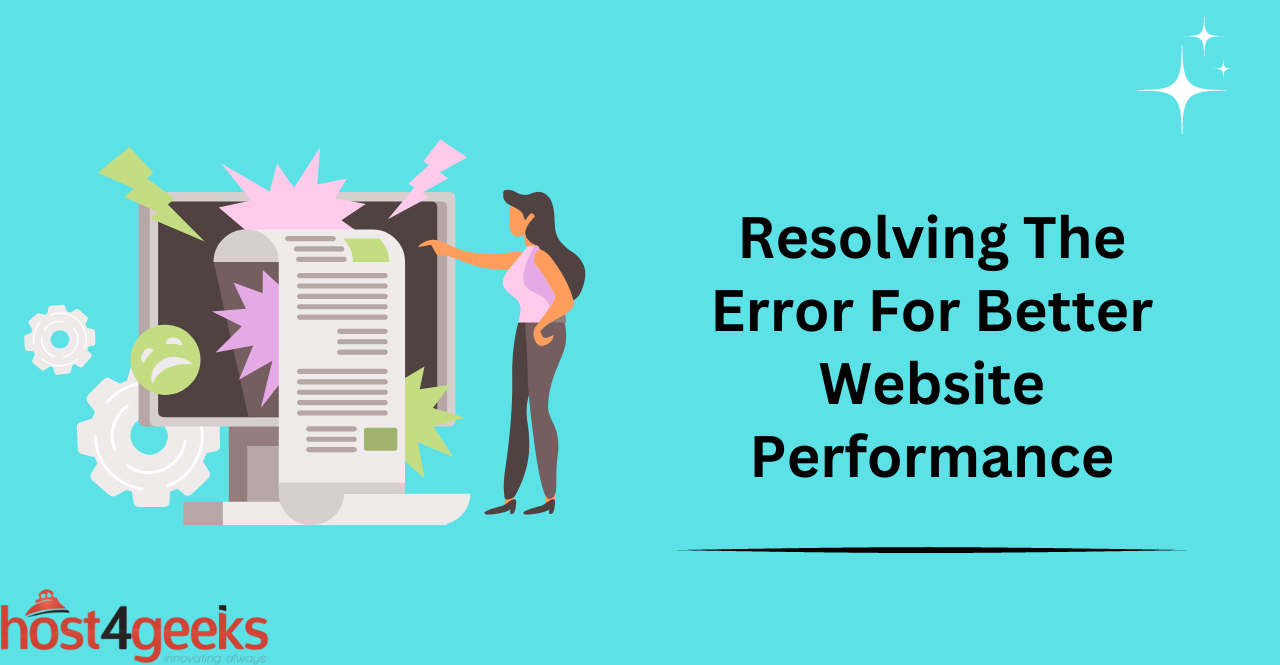[Error: 403-1000] is a common error message that website owners may encounter when trying to access certain pages or resources on their site.
This error message indicates that the user has been denied access to the requested content due to authentication or permission issues.
While [error: 403-1000] is not as severe as some other website errors, it can still cause frustration for website visitors and may impact the site’s overall performance and search engine optimization (SEO) efforts.
Understanding the causes and solutions for [error: 403-1000] can help website owners quickly and effectively address this issue to improve their website’s user experience and online visibility.
Understanding the [error: 403-1000]
[Error: 403-1000] is an HTTP error code that indicates a forbidden request. When a user attempts to access a page or resource on a website but does not have the proper authentication or permissions, they may encounter this error.
The error message typically states “access denied” or “forbidden”, and the user is unable to view the requested content.
Common Causes of [error: 403-1000]:
The most common cause of [error: 403-1000] is incorrect authentication or authorization settings on the server.
This can happen if the website owner has restricted access to certain pages or directories, or if the website is using outdated or improperly configured security protocols.
Other causes may include IP blocking, user agent blocking, or restrictions imposed by a Content Delivery Network (CDN).
Impact of [error: 403-1000] on Website Performance
[Error: 403-1000] can have several adverse effects on website performance.
- Firstly, it can create a frustrating user experience, as visitors may be unable to access certain pages or resources on the site. This can lead to high bounce rates and low user engagement, which can impact the site’s search engine ranking.
- Secondly, repeated occurrences of [error: 403-1000] can also slow down website performance and put additional strain on server resources.
As such, it is important for website owners to promptly identify and resolve any instances of [error: 403-1000] to ensure optimal site performance and user experience.
Troubleshooting [error: 403-1000]
Identifying [error: 403-1000]
[Error: 403-1000] can be identified through the error message displayed on the web page or in the server logs. The error message typically states “access denied” or “forbidden”, and the user is unable to view the requested content.
Website owners can also use website monitoring tools to track the occurrence of [error: 403-1000] and identify any patterns or trends.
Tips for Fixing [error: 403-1000]:
- To fix [error: 403-1000], website owners should first review and update their authentication and authorization settings to ensure that users have the appropriate access rights. This may involve adjusting directory permissions, configuring security protocols, or updating firewall settings.
- Other potential fixes may include checking for IP or user agent blocking or reviewing CDN settings. Regular website maintenance and security audits can also help prevent [error: 403-1000] from occurring in the first place.
Resolving [error: 403-1000] on Different Browsers and Devices:
The steps for resolving [error: 403-1000] may vary depending on the browser and device being used.
- In general, users can try clearing their browser cache and cookies, disabling any browser extensions or plugins, or accessing the site from a different device or network.
- Website owners should also ensure that their site is mobile-friendly and compatible with a wide range of devices and browsers to minimize the occurrence of [error: 403-1000].
- In cases where the error persists, it may be necessary to contact the website administrator or hosting provider for assistance.
Preventing [error: 403-1000]
- To prevent [error: 403-1000] from occurring, website owners should implement proper authentication and authorization settings to ensure that users have the appropriate access rights.
- They should regularly review and update their security protocols, including firewall settings, IP blocking, user agent blocking, and directory permissions.
- Website owners should also use SSL certificates and HTTPS encryption to protect sensitive user data and prevent unauthorized access.
- Regular website maintenance, including software updates and security audits, can also help prevent [error: 403-1000] from occurring.
Tools and Resources for Website Security and Maintenance:
There are several tools and resources available for website security and maintenance.
- These include website monitoring and security tools, such as Google Search Console and Sucuri, which can help identify and resolve website errors and security vulnerabilities.
- Website owners can also use content management systems (CMS) such as WordPress, which offer built-in security features and plugins for enhanced website security.
- Other resources include online forums and communities, which offer advice and support for website owners, and cybersecurity training and certification programs for website administrators and developers.
Impact of [error: 403-1000] on SEO
[Error: 403-1000] can negatively affect SEO by preventing search engines from accessing and indexing certain pages on a website. This can lead to a decrease in organic traffic and lower search engine rankings. Search engines may also interpret [error: 403-1000] as a sign of poor website quality or security, which can further impact SEO performance.
Strategies to Minimize the Impact of [error: 403-1000] on SEO
- To minimize the impact of [error: 403-1000] on SEO, website owners should regularly monitor their website for errors and broken links using tools such as Google Search Console.
- They should also ensure their website has a well-designed sitemap and a clear internal linking structure to facilitate search engine crawling and indexing.
- Website owners should also provide clear error messages to users and ensure that any inaccessible content is appropriately redirected or removed.
Conclusion:
In conclusion, tackling the [error: 403-1000] can significantly enhance your website’s performance and ensure a smoother user experience.
By understanding the root causes of this error, such as improper permissions or misconfigurations, you are better equipped to address the issue promptly.
Whether it involves adjusting file permissions, configuring server settings, or implementing security measures, following the troubleshooting steps outlined in this guide will help you overcome the [error: 403-1000] and optimize your website’s functionality.

